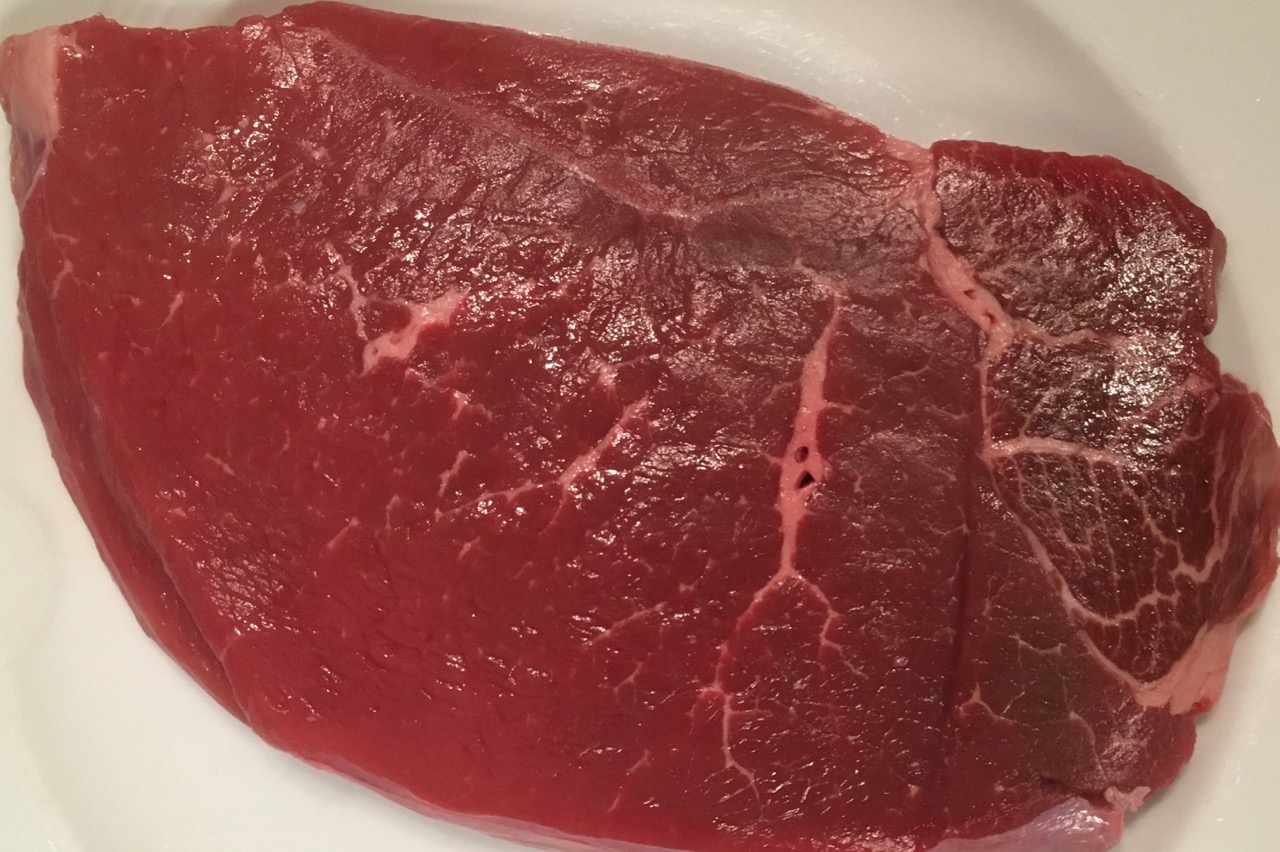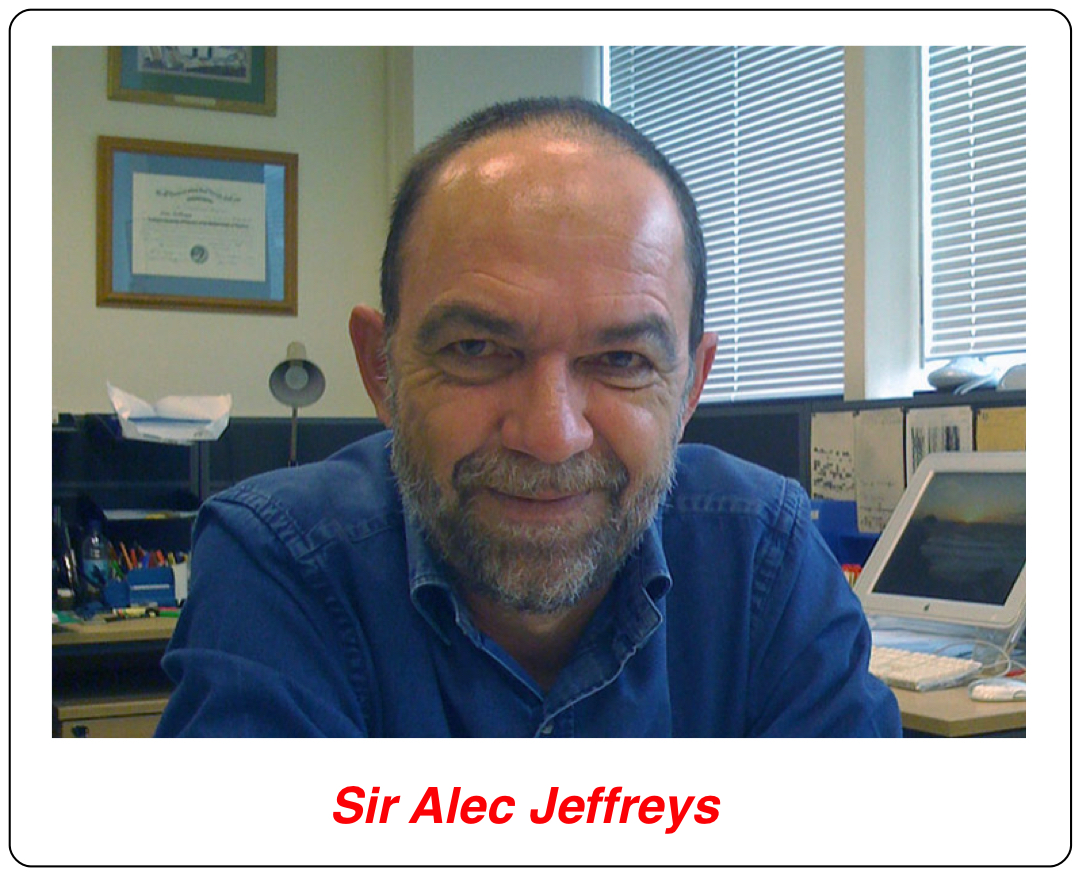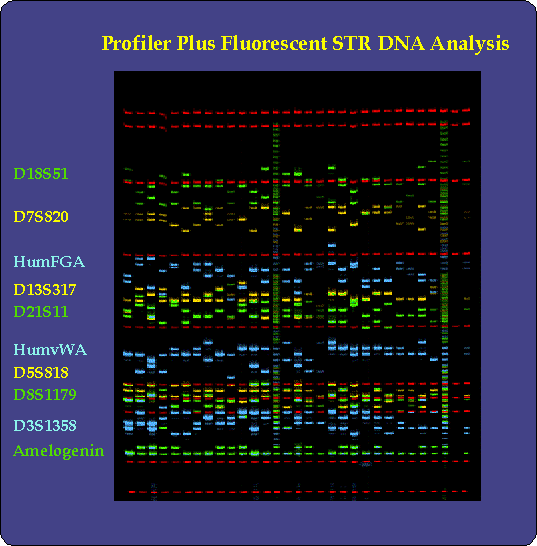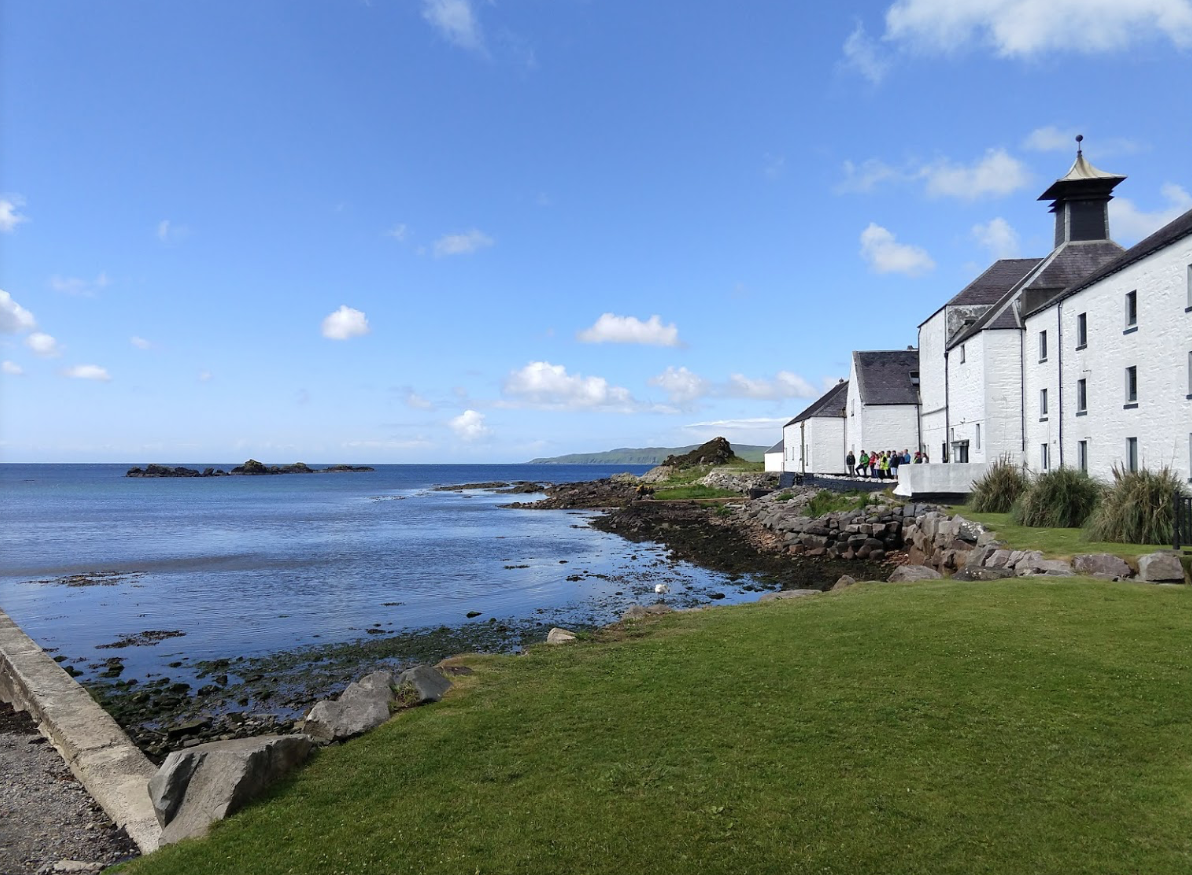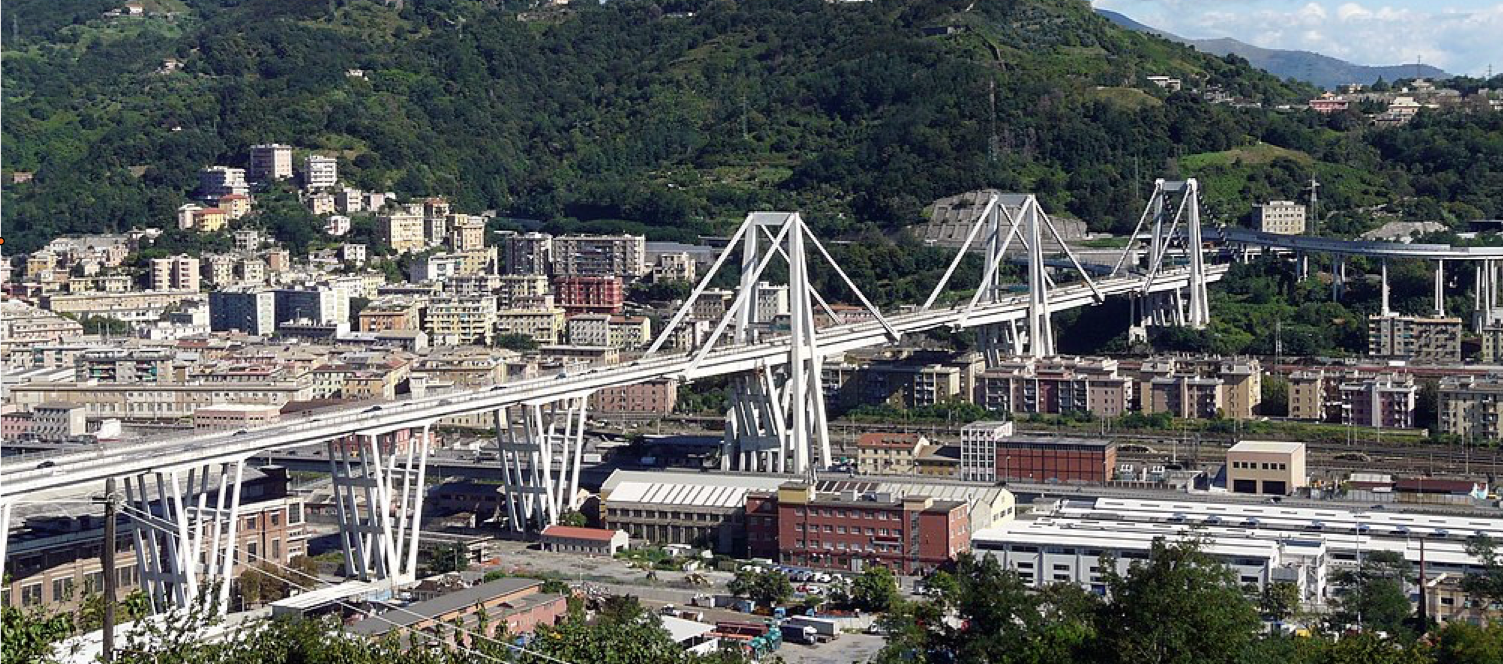The environmental cost of beef production is well known: it generates a lot of greenhouse gases (GHG), compared to plant-derived foods or even meats such as pork or chicken. A major reason is that bovines’ stomachs use oxygen-free, “enteric” fermentation to digest grass, as described in a previous post. As a result, they burp up a lot of methane, which is a potent GHG.
The greenhouse gas contributions of methane, nitrous oxide, and fluorinated gases are encompassed by the term “CO2 equivalents” (CO2e).… Read the rest “Your steak and global warming”

